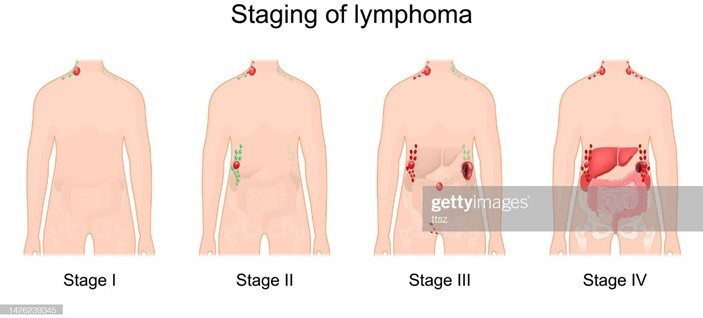The healthcare provider informs an 18-year-old male client that he has Hodgkin's disease. When the practical nurse (PN) enters the room, the client shouts, "Get out of here! I don't want to see anyone! I just want to die!" Which initial response should the PN make?
Can I call your parents for you? I know that you are feeling bad right now.
Would you like me to call your friends to be with you while you're dealing with this news?
Would you like me to call your chaplain?
Tell me about what the healthcare provider said.
The Correct Answer is D
The PN should acknowledge the client's emotional state and allow him to express his feelings while also obtaining more information about the situation. By asking the client to share what he was told by the healthcare provider, the PN can gain a better understanding of the client's knowledge of the disease and provide appropriate education and support. Options A, B, and C are incorrect because they do not address the client's emotional state or provide helpful information to the PN in this situation.

Nursing Test Bank
Naxlex Comprehensive Predictor Exams
Related Questions
Correct Answer is D
Explanation
The PN should acknowledge the client's emotional state and allow him to express his feelings while also obtaining more information about the situation. By asking the client to share what he was told by the healthcare provider, the PN can gain a better understanding of the client's knowledge of the disease and provide appropriate education and support. Options A, B, and C are incorrect because they do not address the client's emotional state or provide helpful information to the PN in this situation.

Correct Answer is B
Explanation
The action by the PN that is likely to facilitate accurate responses to personal and social history questions is to **request that the mother leave the exam room**. The personal and social history contains many areas of special sensitivity to adolescents including such issues as drug and alcohol use and sexual activity. The teen should provide the personal and social history, not the parent⁴.
Whether you are a student looking to ace your exams or a practicing nurse seeking to enhance your expertise , our nursing education contents will empower you with the confidence and competence to make a difference in the lives of patients and become a respected leader in the healthcare field.
Visit Naxlex, invest in your future and unlock endless possibilities with our unparalleled nursing education contents today
Report Wrong Answer on the Current Question
Do you disagree with the answer? If yes, what is your expected answer? Explain.
Kindly be descriptive with the issue you are facing.
